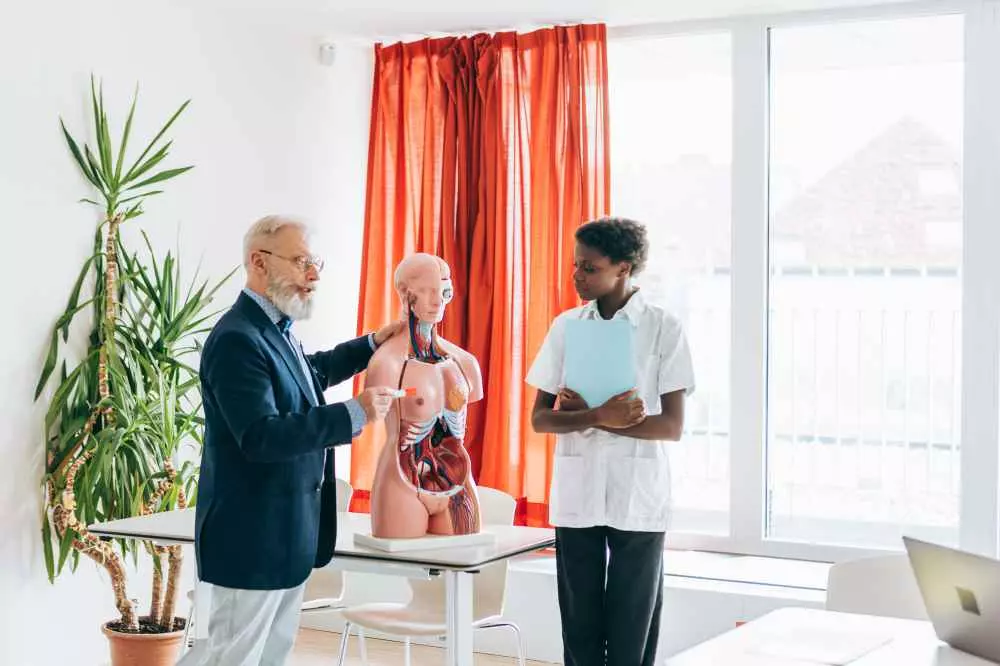Introduction to the phenomenon of scientific tourism
In today's fast-moving world, the concept of scientific tourism is gaining importance. Unlike traditional travel, which focuses primarily on sightseeing and relaxation, scientific tourism combines pleasure with scientific discovery. This new trend is becoming increasingly popular among people looking to expand their knowledge and skills in various fields, including anatomy.
Increasing interest in science while traveling
Many tourists are looking for unusual experiences during their travels. Instead of limiting themselves to typical tourist attractions, they choose to attend workshops, lectures and hands-on activities that allow them to immerse themselves in the world of science. This approach not only develops their knowledge, but also enriches their personal experience and makes their travels more meaningful.
The role of anatomy in scientific tourism
Anatomy as a field of knowledge plays a key role in scientific tourism. By studying the structure of organisms, anatomy allows us to understand the complexity of life and the diversity of biological forms. Participants in scientific tourism have the opportunity not only to gain theoretical knowledge, but also to participate in practical activities from dissection workshops to trips to institutes where they can observe the work of specialists.
Scientific programs available to tourists
Many educational institutions and tourist organizations offer programs related to anatomy. Participants in these programs can take part in:
Trips to medical facilities, where they have the opportunity to learn about work in laboratories and hospital wards.Internships at research centers, where innovative scientific research in anatomy and biology is conducted.Art workshops that combine science with drawing and modeling, which allows them to better understand the structure of the body.Ethical aspects of scientific tourism in anatomy
With the growing interest in scientific tourism, it is worth noting the ethical issues that can be associated with this type of travel. For example, in the context of anatomy, it is important to keep in mind that research on the human body should respect the dignity and intimacy of the deceased. Many institutions note the need to obtain consent and comply with relevant regulations.
Sustainable science tourism
In the context of scientific tourism, it is also important to take care of sustainability. Participants should be aware of the impact their travels have on local communities and the environment. Supporting local educational institutions, nonprofit organizations and striving for sincere cultural exchange should become a priority for those who want to combine science with travel.
Examples of popular destinations for science tourism
There are many destinations around the world that attract science tourism enthusiasts, especially in the context of anatomy. Here are some of them:
London with its renowned universities and research centers, such as the University of London and the National Health Service onboards.Harvard University in Boston offering programs and courses in biomedical sciences and internships in local hospitals.The United States especially California, which hosts scientific conventions and workshops in anatomy and medicine.Summary
Science tourism, especially in the context of anatomy, opens up new educational and development opportunities for travelers. By combining a passion for travel with a desire to acquire knowledge, participants can not only enrich their skills, but also contribute to the development of science. However, it is worth keeping in mind ethics and a sustainable approach to tourism, so that each trip is not only a fascinating experience, but also a responsible activity.
Let scientific tourism become an inspiration for future generations of travelers, showing that travel is not only an adventure, but also a great opportunity to develop and discover the mysteries of the world of science.
